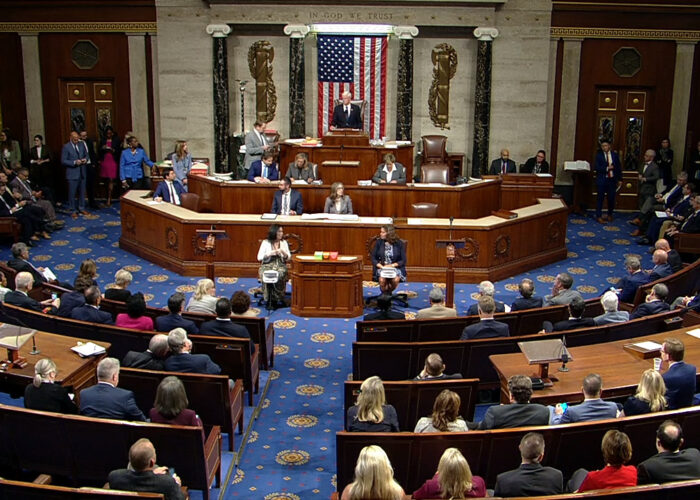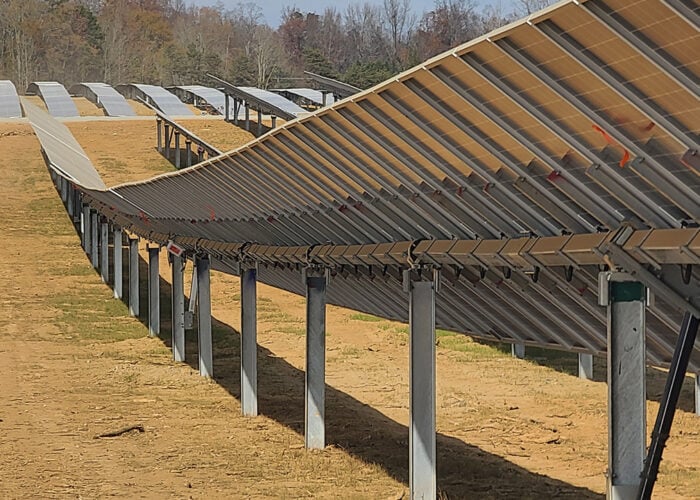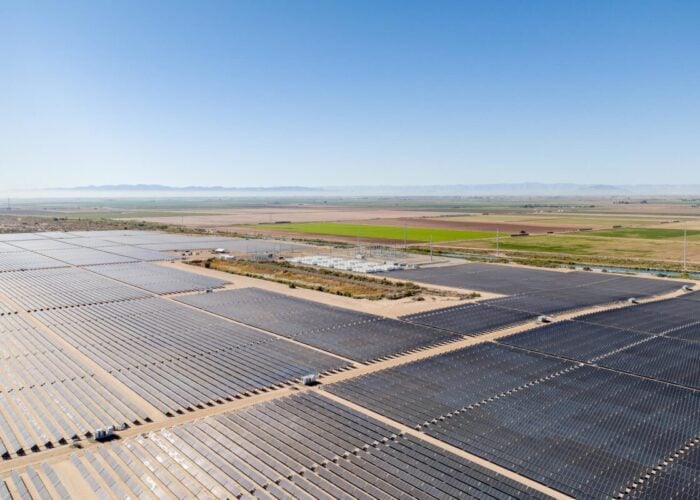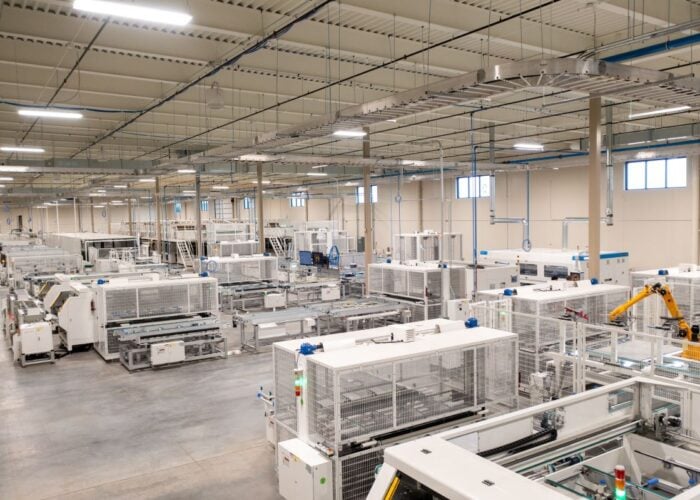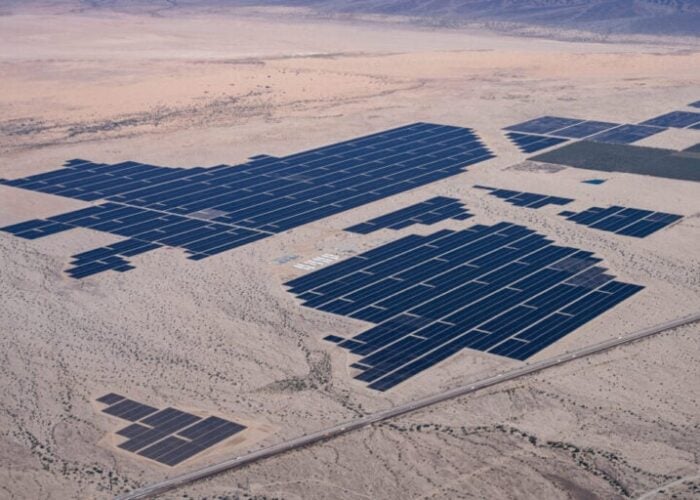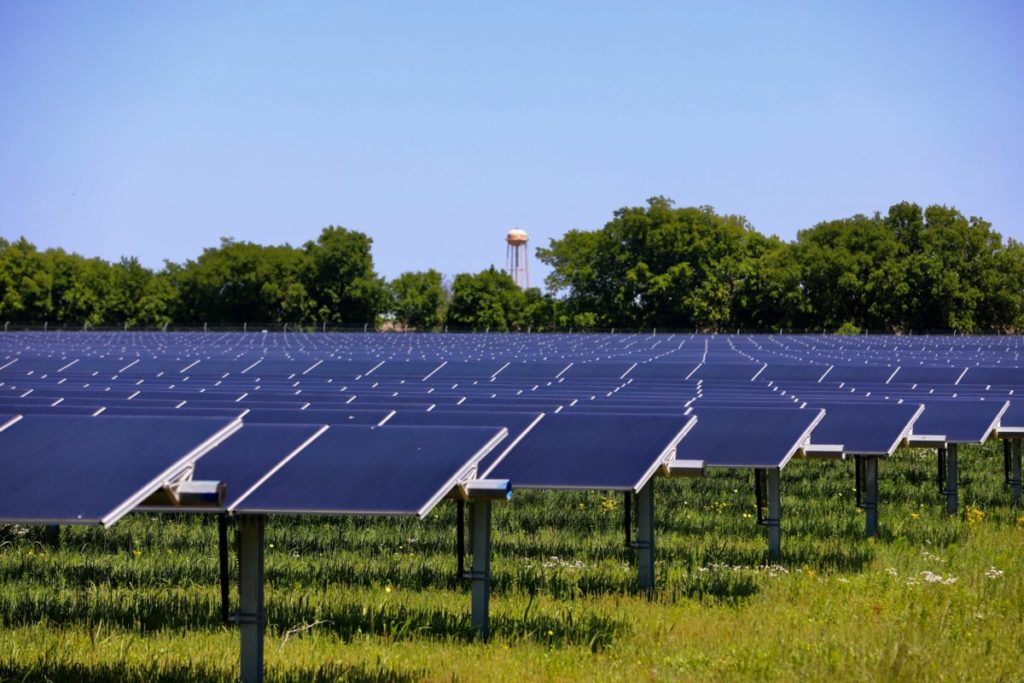
Long and unpredictable interconnection queues, permitting, the shortages of skilled labour and essential equipment and grid upgrade financing are the major obstacles to US transmission upgrades, according to US law firm Troutman Pepper.
The report – Unlocking U.S. Transmission Upgrades – Are We on The Cusp of Real Progress? – stated that over 2TW of electricity generation and storage developments were waiting in queues for grid interconnection in April 2023, of which solar, storage, and wind projects make up 95% of capacity.
Unlock unlimited access for 12 whole months of distinctive global analysis
Photovoltaics International is now included.
- Regular insight and analysis of the industry’s biggest developments
- In-depth interviews with the industry’s leading figures
- Unlimited digital access to the PV Tech Power journal catalogue
- Unlimited digital access to the Photovoltaics International journal catalogue
- Access to more than 1,000 technical papers
- Discounts on Solar Media’s portfolio of events, in-person and virtual
Long queues and permitting issues
Currently, the queue is six times longer than it was in 2014, and there is now 60% more capacity waiting in interconnection queues than the total US power generating capacity of 1.25TW. The passage of the Inflation Reduction Act (IRA) lengthened the process, but the queue will be even longer in the years ahead.
Part of the reason for this phenomenon was that developers submitted more speculative generation projects into the queues, even if there was little chance these projects would be built. As a result, the organisations planning transmission assumed that all of these projects would be built, although some projects were unrealistic.
Adam Stern, director of utility-scale policy and business development at New Leaf Energy, said: “For transmission planners to be able to trust that the projects in the queue are going to be real, we need to bring a degree of certainty to the interconnection process. One way to bring certainty and help speed things up is to build more transmission and more places to connect to.”
The Federal Energy Regulatory Commission’s (FERC) recent Order No. 2023 endorsed the “first come, first serve” concept in transmission, prioritising generation projects that are commercially viable and showing little tolerance for developers clogging the queue with speculative projects.
Permitting was another major obstacle as new transmission projects require extensive engagement with landowners, including private individuals, companies, tribal groups, and public agencies such as the Bureau of Land Management and US Forest Service, which can delay transmission upgrades.
Landowners were also reluctant to accept new projects on or near their land, which could cause further delays.
David Getts, general manager of transmission developer SouthWestern Power Group, explained: “The fundamentals are the same everywhere, which is nobody wants a big ugly transmission line going near their backyard.”
Transmission projects crossing state borders could increase the number of bodies that need to be involved.
However, Ameren Transmission Company of Illinois chairman and president Shawn Schukar believes that permitting would be quicker if transmission providers were able to develop transmission lines along existing rights of way.
He said: “The opportunity is around re-using or re-looking at existing infrastructure right away, which land has already been impacted by development. While it isn’t perfect, it would help move things along.”
In July, the White House’s Council on Environmental Quality (CEQ) proposed a rule that would streamline and accelerate the permitting process for new renewable power facilities. The proposed rule would enforce changes to the National Environmental Policy Act (NEPA), a broad piece of legislation that oversees permitting for projects on federal land and was signed into law in the 1970s.
Worker and equipment shortages and paying for upgrades
The report stated that transmission planners’ workloads were higher than ever before across the US. Rick Vail, vice president of transmission at PacifiCorp, said there was a shortage of the actual technical planners that could perform all the study work, which was getting more complicated as more different types of power generation were being added to the grid.
Moreover, planning transmission upgrades was further complicated by the difficulty of securing the physical transmission infrastructure, including conductors and substations.
Schukar said: “I can tell you that we have materials today that, a year ago, the time from order to delivery was about nine months. Today, it’s three to four years because, even though we told them three years ago that this growth was coming, they didn’t expand because everybody wants to see the dollars upfront.”
Currently, transmission is a bigger part of that overall cost as more transmission is being built; this could raise customers’ energy bills in the short term.
Bill Marsan, executive vice president and general counsel at American Transmission Company (ATC), said: “The transmission build-out has to make sense on a customer’s bill in relation to what we’re charging them for the generation and what we’re charging for the distribution; and there’s got to be a rational allocation of cost to the consumer and probably not too much of a ramp-up in cost to customers.”
As upgraded transmission can bring multiple benefits to customers, such as decreased production costs, better system reliability, and resilience, Marsan added that the US market will never be able to effectively replace fossil generation with renewables without a strong transmission system.

